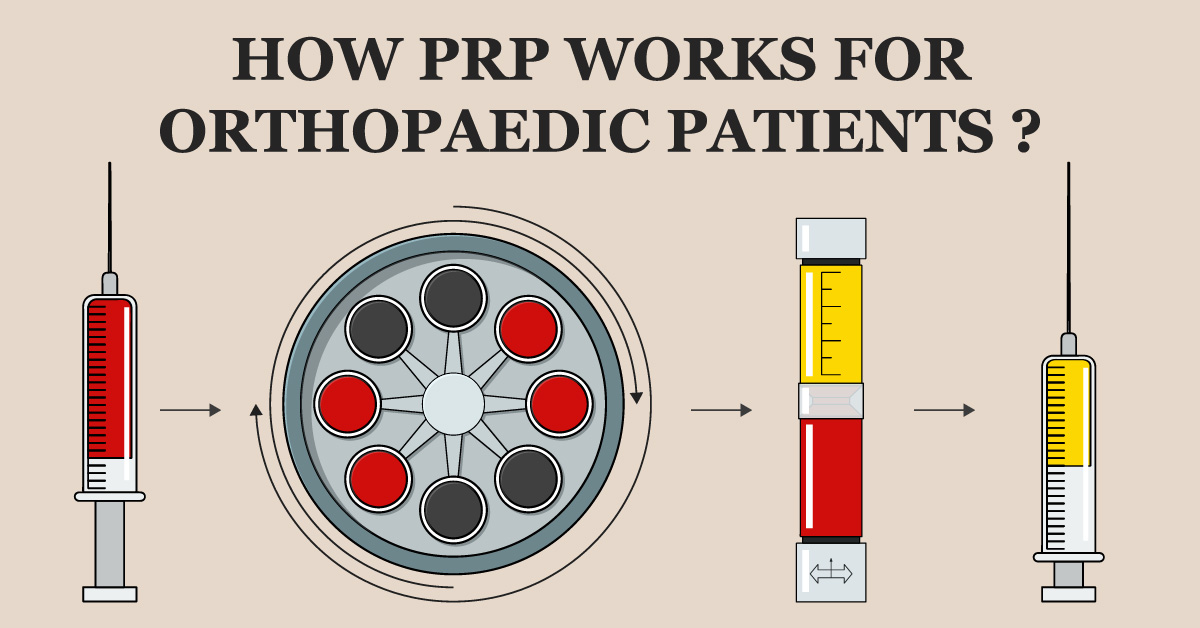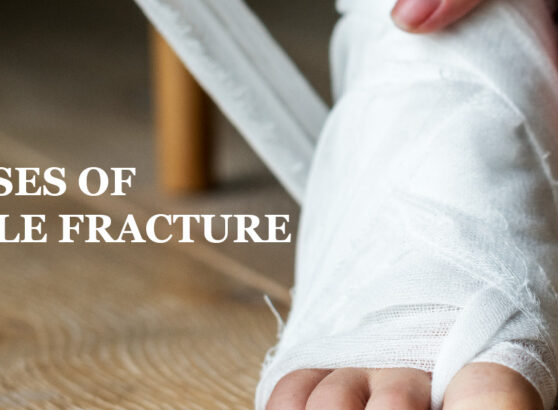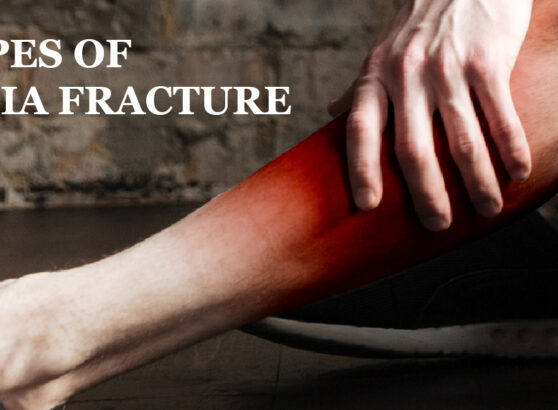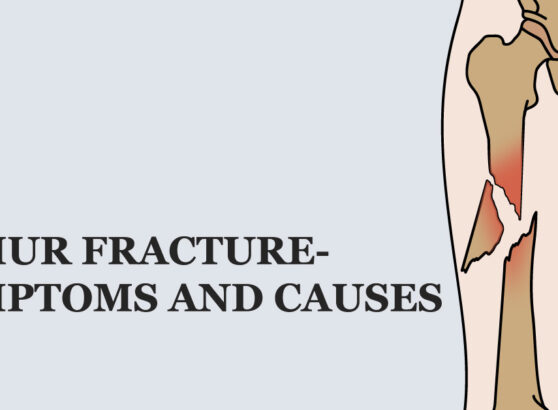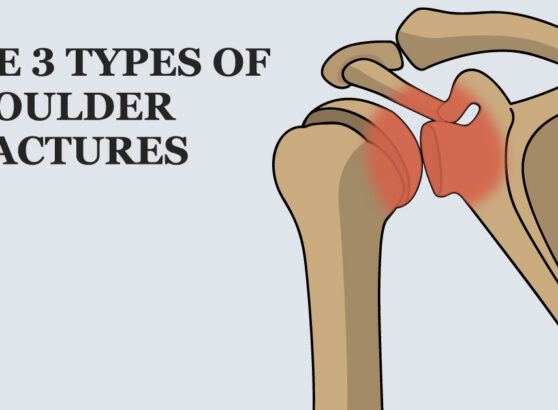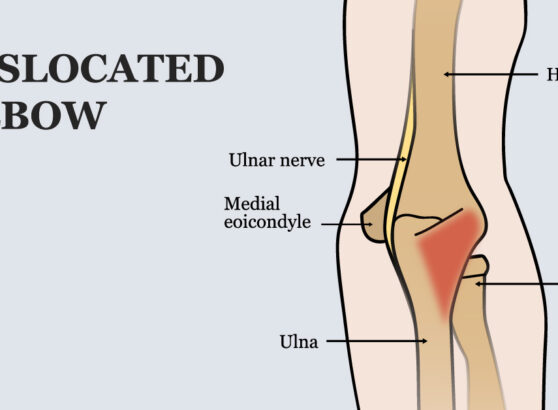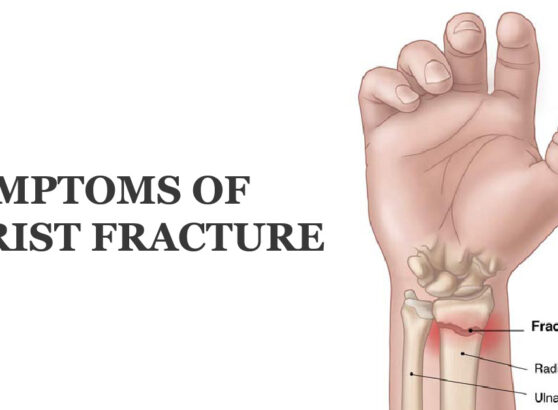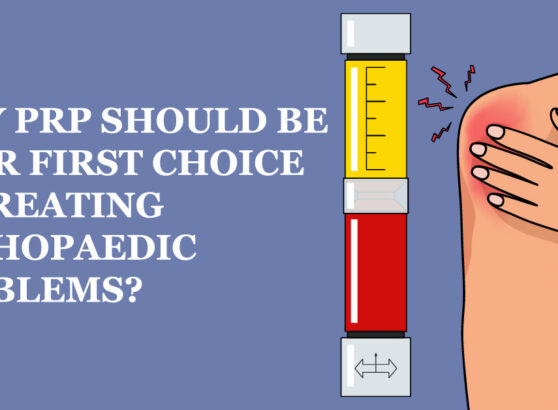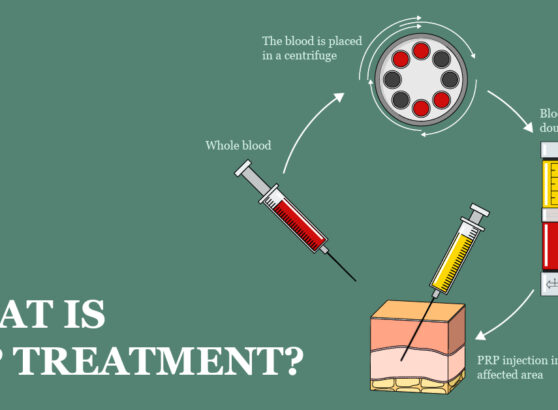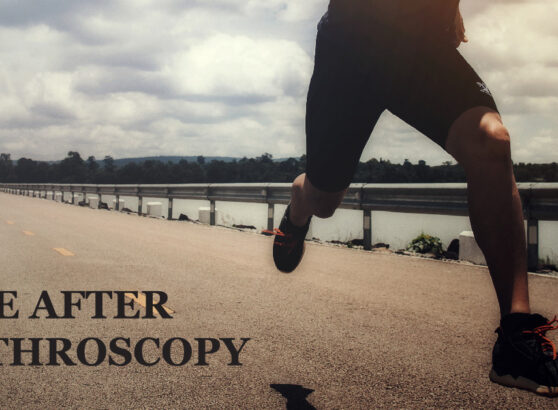As we discussed early in the last blog, platelet-rich-plasma (PRP) therapy is the new treatment for which orthopaedic patients can have access to a speedy recovery. Athletes are the very first patients who received PRP therapy for their sports injuries. This therapy is used for their speedy healing process and early return to their sport. The benefits and effectiveness of PRP therapy are still being studied, but many orthopaedic practices already offer this option to their patients. Now, let’s talk about how PRP works and whether it might be right for you.
How PRP Treatment heals orthopaedic injuries?
The science behind PRP therapy is very basic and simple. When you incur an injury, your body sends platelets that are in your blood to the site of injury to facilitate the healing process. Scientists are trying to harness your body’s natural healing ability and boost it. Platelets are the clotting component found in your blood. However, platelets are not only for clotting but also contain growth factors that are essential for the healing of injuries and the regrowth of the damaged area.
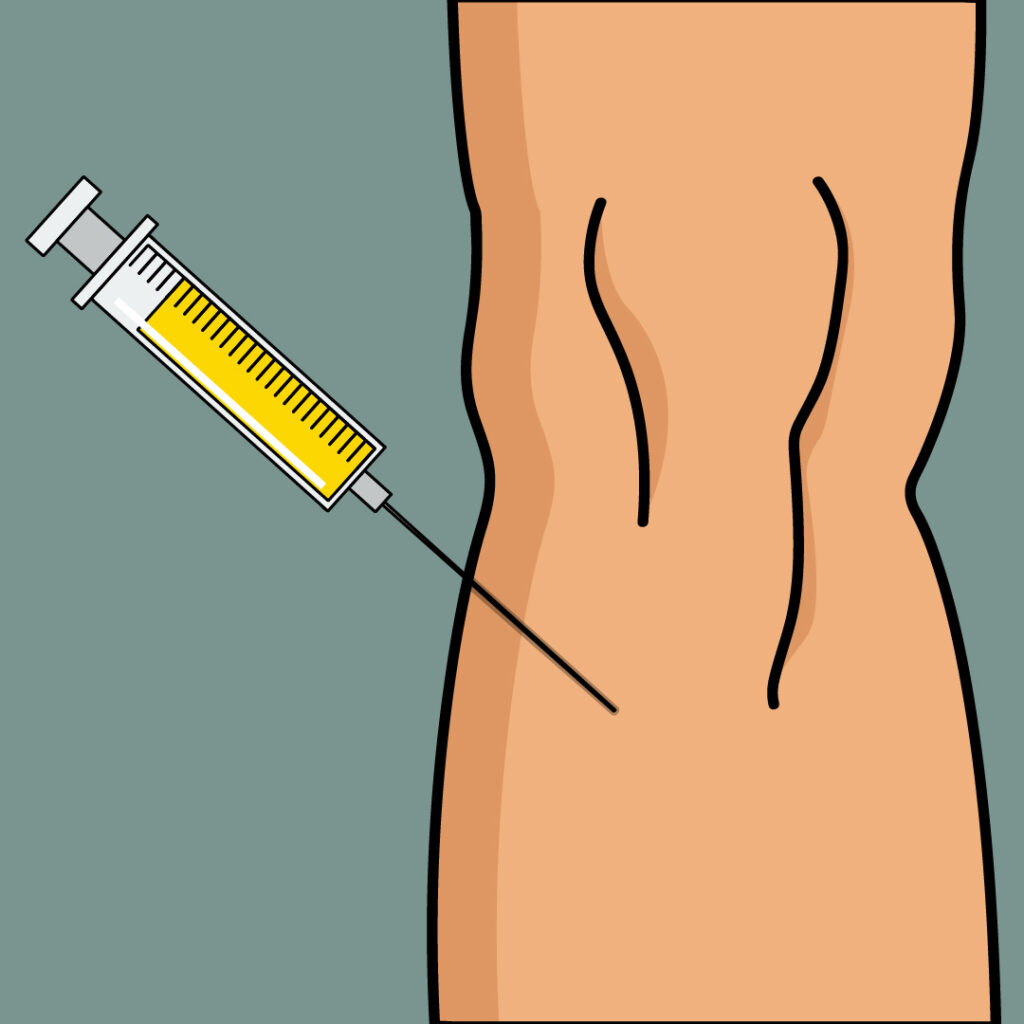
The procedure
If you decide to take PRP treatment, your doctor will harvest some of the platelets in your blood by taking a sample of your blood. Then the physician will separate them from the other blood cells by concentrating them via a centrifuge. Afterward, the highly concentrated platelets are carefully injected into the site of injury or pain.
Conditions can be treated by PRP Treatment
Following conditions can be treated by PRP therapy include:
- Jumper’s knee
- Muscle injuries
- Tendon tears
- Ligament injuries
- Achilles tendonitis
- Muscle strains
- Bursitis
It is also recommended to patients who undergo surgery to address orthopaedic conditions as PRP therapy can help to speed up the healing process. It can help make the patient’s recovery time faster and more efficient.


